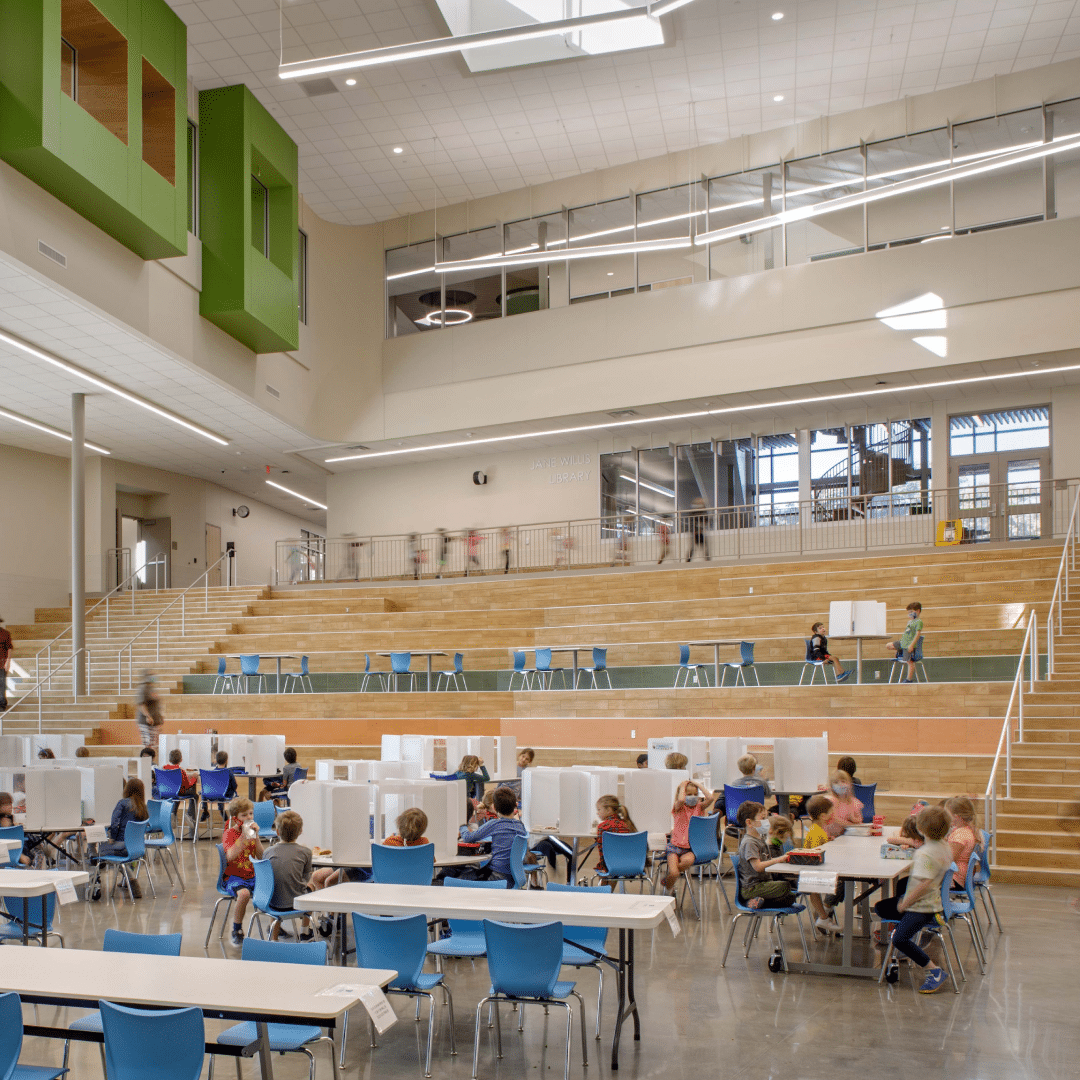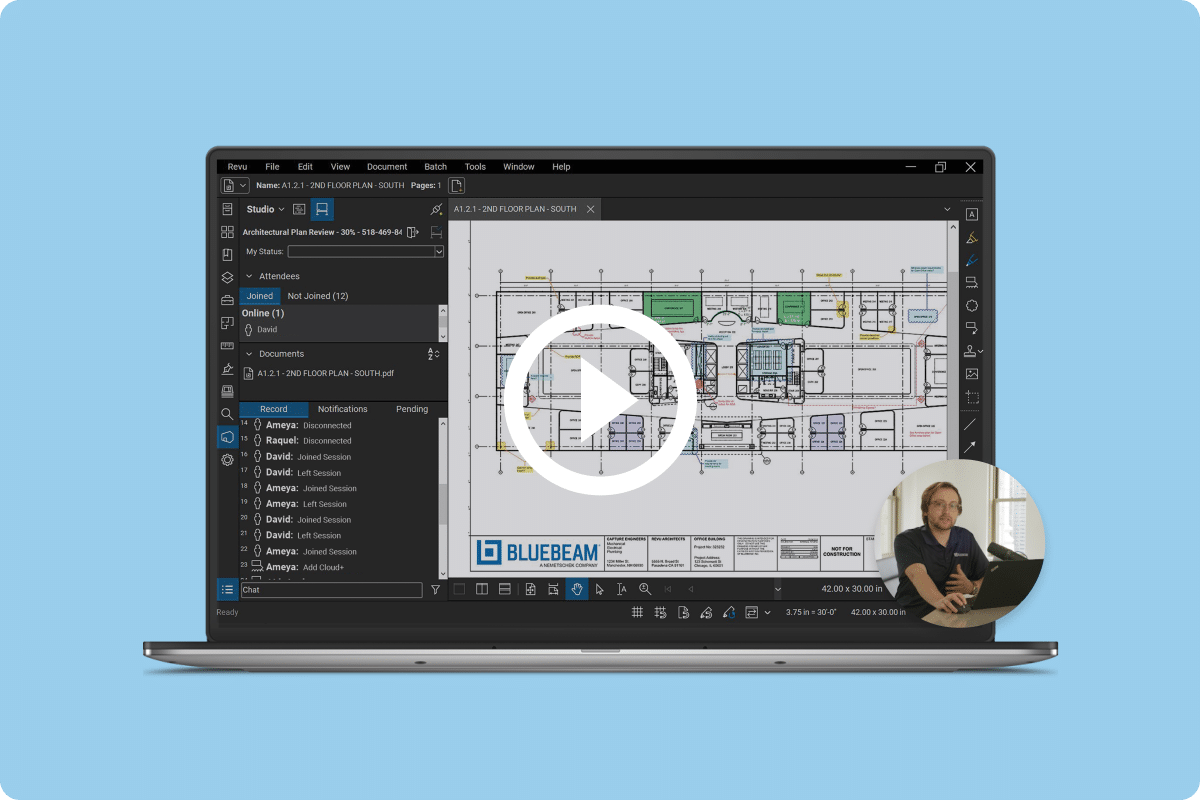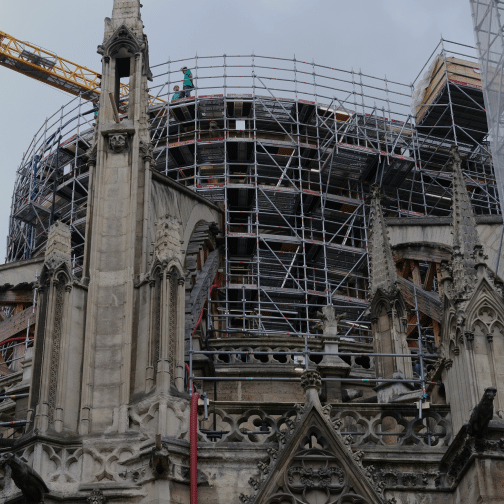
Arup is comprised of more than 14,000 specialists, working across 90-plus disciplines in more than 34 countries. In the global territory “Australasia,” Arup features a diverse group of practitioners across a wide variety of skill sets and professions across 12 offices, who serve projects all around Australia, New Zealand, Singapore, Indonesia and Malaysia. “Arup’s first project in Sydney was the Sydney Opera House, which brought us to Australia in the first place,” explains Arup Senior Technician Ben Taylor. Beyond being globally recognized for its design and structural aesthetics, the project exemplifies Arup’s commitment to digital design as it was one of the first ever projects that was modeled using computers for the sail structures. “Pioneering the use of modeling software that a lot of other companies wouldn’t have tried on projects like that because they’re too risky, or they’re seen as not profitable enough, is what we pride ourselves on; being able to do what others can’t.”

Going from manual to digital
Given the firm’s commitment to leveraging technology for project delivery, Arup began to explore ways in which previously manual processes could be digitized for efficiency, quality, risk mitigation and standardization across multiple offices and projects. “The original problem that we had within the transport team, was providing us with a way of digitizing that process of the markup review and documenting those processes in a way that didn’t require paper anymore,” says Russell Bunn, regional CAD lead for Arup’s Australasian transport, environment and resources team. Certain projects also yielded issues for Arup when it came to the quality of as-built drawings and scans. “A lot of what we do involves looking at drawings for existing buildings in the city that Arup has worked on. So we have all these old plans; they’re not CAD-style or anything, they’ve just been taken from the aperture cabinet and scanned in—so they’re very low-quality scans,” explains Arup Structures Grad Henna Chapman. “Bluebeam helps me scale from these low-quality scans and mark them up.”
“We actually had points where we couldn’t submit deliverables to the client because we couldn’t deliver the information effectively, since the native resolution and outputs were limited by traditional PDF products. Revu helped solve these issues by actually giving us the interoperability and the functions that we needed to actually be able to edit them on the fly and modify them to actually suit the client requirements.”
Ben Taylor
Senior Technician
Arup
Being frustrated by the lack of quality and consistency in both the markups and drawings themselves was enough to push Arup to implement Revu. After downloading a trial of Revu, James Cannam, Arup mechanical building services engineer, quickly saw the value in implementing it. “We receive a lot of PDFs from the architects and drawings, and being able to quickly measure areas, distances and links is really integral to what we do. Being able to take that information really quickly, mark it up and measure it is very powerful.” The scale accuracy of Revu is equally important to Henna. “It keeps the scale, and that’s the reason why I don’t really use any other markup software. You can calibrate the ruler in Bluebeam to scale everything else off that.” The powerful PDF capabilities of Revu solved many of the quality issues with as-built drawings and scans, and also began to positively impact the other aspects of the design review process as well. “Revu has significantly reduced the amount of time I spend checking and manually reviewing each page,” lauds Ben. It’s also been crucial when I review other projects or client works that I’m not directly associated with, because it helps me automatically filter them and look for what I really need to look for. Even just through one process of giving an architect’s plans, marking them up in Bluebeam, and then copying and pasting on the new plans that came in; rather than redoing the work again. We did do the numbers in the early days which showed [Revu] paid for itself in a couple of months, it also made my life incredibly easy in terms of how I produce and edit the PDFs that I need to work with.”

The benefits of digitizing the processes within Arup’s standards and manuals have become apparent not only in project delivery, but also in paper savings and employee engagement. “Before Revu it was pretty much: we get the PDF from the architect, we print them off, mark them up in red pen, scan them in, and send them back. Now, we don’t have that need to print a PDF to a hard copy, we can do that digitally,” says Russell. “Revu really helped us sort of start to move towards a paperless office.” Reducing the usage of paper and the costs associated with it was an additional reward for creating the new process, but the real tangible value was found in the improvement of the collaboration. “Where the efficiencies are gained is when people are coming to action the markups. Being able to dive in and change the text and being able to measure a markup were the powerful features that kind of sold it. And then from there we just went on to discover more features which really enhance our workflows. It isn’t just a PDF tool.”
“I started using Bluebeam as soon as I started here. It didn’t take me very long to pick up at all. It’s quite intuitive; the basic functions are easy to use, and I basically just learned everything myself and by asking a few questions here and there from others in the office.”
Henna Chapman
Structures Grad
Arup
Collaborating in real time and mitigating risk
Given the size and complexity of Arup’s projects, the firm often collaborates not only with project partners, but also with global stakeholders and offices around the world. The degree of communication needed to avoid creating mistakes is paramount on any project, let alone those that are larger in scale and scope. Mistakes made from rework are common at that level, cutting into overall profitability. Those same mistakes can even compromise safety for the jobsite. Being conscious of the importance of communication, Arup chose to collaborate on PDF documentation within the digital space using Bluebeam Studio Sessions, a workflow within Revu that allows real-time collaboration. Russell elaborates, “I think Bluebeam covers a whole lot of aspects, so risk mitigation is a very important one. It does improve the communication of the team, because with Revu we’re able to do things far more quickly and efficiently, and we can also be confident that every single drawing has the same markup in the same place, and it says the same thing.”
Being efficient and consistent in processes is one thing, but to be able to open up a Session to work and collaborate from anywhere in the world is quite another. “We didn’t have an effective method of being able to communicate in real time and submit markups, it was just email trails, which is not effective at all,” laments Ben. “[Bluebeam] Studio solves all of those issues. Someone’s marking up drawings in London and they come through live in the Sydney office as we’re doing work and while people are talking on the phone, and it eliminates any confusion or errors in communication via email or so on.” Live comments help to create a single source of truth for Arup’s projects, allowing project partners to quickly asses review progress. “There’s a record of a markup being made, an action being taken, and that being verified by the person making the change, and obviously by those verifying the design and the process; so that the end product is good to go and has gone through an appropriate level of peer review by the team,” says Russell. Faster comments and approvals mean faster action and more productivity in the field, according to Ben. “We use Studio to complete all of our inter-disciplinary and cross-disciplinary reviews for projects, and we do this by using our custom tool chests in Revu, and then recording all the QA documentation associated with that; then we can feed that back to the discipline leads and they can fast-track their ability to action those comments and reviews.” Keeping project stakeholders within a digital environment has also been an aspect of Studio that has made an impact to Arup’s project teams. “The ability for us to interact with additional common data environments like ProjectWise® has been a really powerful connection for us,” notes Russell. “We host our projects on ProjectWise, and then we can review them in Bluebeam Studio, and then obviously interact between the two. That’s a really powerful connection that Bluebeam offers, that other PDF applications don’t.”

Standardizing deliverables and looking toward the future
As Arup has grown, so, too, has their use of Revu for project delivery. The success of working digitally has begun to influence and standardize the way Arup executes regional workflows. “Rather than just clicking random buttons on toolbars, we have customized tool chests in Revu that we use now through the markup and review activities,” declares Russell. “Those tool chests are growing daily in their breadth and complexity, and across a whole host of our disciplines. Not just transport and resources, but billings and rail and anyone and everyone who wants to utilize those tools.” Ben implies an even bigger picture for the company’s future uses of Revu for digital project delivery. “We’ve got some standardization across the tool chests already, within certain disciplines,” he asserts. “So, as required, we customize it for niche applications, but we already have a set of standards that we’re trying to roll-out automatically across the globe.”
The use of Revu and Studio has helped to maintain Arup’s high degree of standards for project delivery and has also influenced project partners to further their own use of technology for deliverables. “We’ve used Revu on quite a number of projects now, working outside of Arup with partners, and we’ve found that, by the end of the projects, most of those other partners have decided to take Revu up, because they’ve seen some of the amazing things that we can do with it and how it’s helped us so significantly. And the way we use it is, that we can still leverage all the fantastic tools and features of Bluebeam, even if our project partners choose not to use Bluebeam themselves,” insists Ben. “After using it, it’s like there is no excuse. I don’t see how you could go back to working the way we used to.”

Arup’s culture of innovation fosters an organic approach to technology, keeping the company ahead of the curve in both project opportunities and employee procurement. This empowerment is not lost on James. “The way the company works, we never impose things on people. The way we’ve always worked is to give people all the tools and let people pick what tools they want to use. There was no direction to say everyone’s got to move across to this. It’s more about people just finding benefit in using the tool and wanting to use it. And we’ve evolved to the point where we’re now using activity-based working, which is fantastic.” That empowered culture of innovation is also key to finding the future leaders of the company, insists Russell. “Some of the digital transformations that we’ve been pushing has been incredibly helpful in attracting the kind of talent that we want at Arup. People that are hungry for more, that don’t accept the way we’re currently doing things is always the best, and they strive to try something new.”




